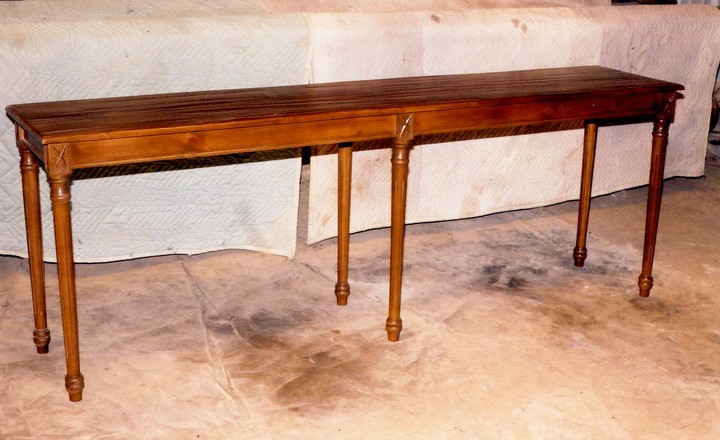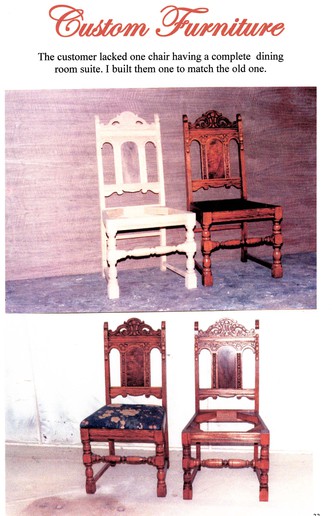I know this is not tractor related, but there is a lot of knowledgeable folks on this site, and I was just wondering if there are folks on here who turn wood?? With that I mean with a wood lathe.
My wife and I are trying to learn to do this and were just wondering how other folks have gotten off the ground with this hobby.
We enrolled in a little class to learn the basics. It was an individual who turns and tries to help others get started. We had 5 sessions that lasted 2 hours each and got a beginners amount of knowlege. What do you turn?? What type of wood do you use?? Do you have trouble sharpening your tools?? How did you learn to sharpen them correctly??
Any comments on any aspect of turning wood will be greatly appreciated. Thanks in advance.
My wife and I are trying to learn to do this and were just wondering how other folks have gotten off the ground with this hobby.
We enrolled in a little class to learn the basics. It was an individual who turns and tries to help others get started. We had 5 sessions that lasted 2 hours each and got a beginners amount of knowlege. What do you turn?? What type of wood do you use?? Do you have trouble sharpening your tools?? How did you learn to sharpen them correctly??
Any comments on any aspect of turning wood will be greatly appreciated. Thanks in advance.



